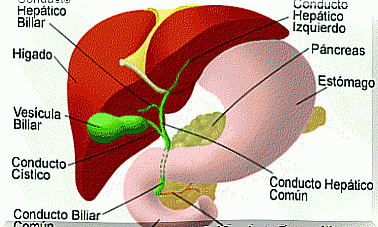What Is Obstructive Sleep Apnea?
According to the MSD Manual, obstructive sleep apnea consists of a series of episodes of partial or total closure of the upper airways that occur during sleep and lead to the interruption of breathing (defined as a period of apnea or hypopnea less than 10 seconds).
It is one of the two types of apnea that exist and, unlike central sleep apnea, it does have symptoms, such as: choking, gasping or snorting during sleep.
Let’s see more below.
About obstructive sleep apnea
When a patient has obstructive sleep apnea, he experiences Complete or partial blockage episodes of the upper air inlet while sleeping. Hence, e The diaphragm and the muscles in your chest work twice as hard and consequently the air in the airways increases. This can be serious because it not only impairs the quality of sleep, but also intervenes in the release of oxygen to the organs.
Symptoms
- High blood pressure.
- Night sweats.
- Decreased libido
- Mood swings and irritability
- Headache (especially in the morning).
- Restless and restless sleep, as well as difficulty staying asleep at night.
- Tiredness, drowsiness and difficulty concentrating during the day (due to lack of rest and poor quality of sleep).
- Loud snoring (at this point, it is worth clarifying that the fact that a person snores does not necessarily indicate that he suffers from apne a, therefore it is necessary to take into account the manifestation of the other symptoms).
Additionally, patients may wake up suddenly and recurrently with a choking sensation, gasping for dry mouth, and a sore throat.
Main associated risk factors
- Obesity.
- Smoking
- Alcoholism.
- Family background.
- Polyps in the airways.
- Consumption of certain sedative medications.
- Craniofacial peculiarities, such as having the lower jaw shorter than the upper one, having a large palate, etc.
Diagnosis and treatment
Only a doctor can make the diagnosis. For this, the day and night symptomatic criteria and the sleep studies in which the patient’s sleep is monitored are taken into account; that is, the anamnesis.
To confirm the diagnosis of obstructive sleep apnea and to quantify its severity, the most recommended test is polysomnography.
With regard to treatment, this is mainly aimed at controlling risk factors. In general, it is adapted to each patient and the degree of condition they present.
In conclusion…
In recent years, obstructive sleep apnea has caused a stir due to its association with cancer in male patients under 65 years of age. However, scientists say that it is necessary to continue to deepen the matter.
Remember, if you suspect that you suffer from obstructive sleep apnea, go to your doctor and follow their instructions.








